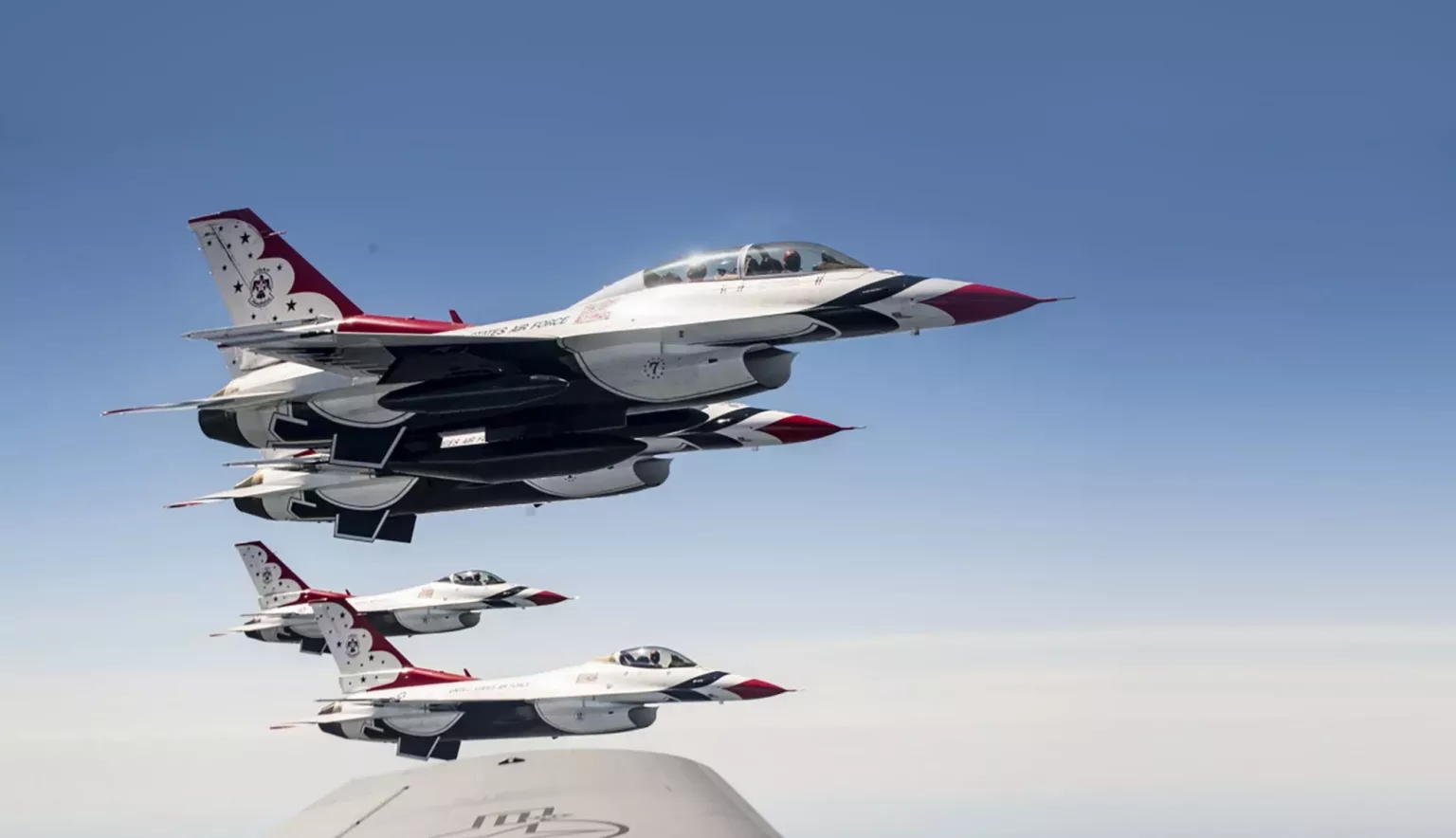“We are laser focused on driving a rock solid digital foundation for the entire department.” Lauren Knausenberger, CIO for the U.S. Department of the Air Force, discusses Operation Flamethrower and the latest developments across the space
INTRODUCTION
In her role as Chief Information Officer (CIO) for the U.S. Department of the Air Force, Lauren Knausenberger has the privilege of supporting 20,000 cyber operations personnel globally and a portfolio valued at $17 billion. The department, consisting of both the U.S. Air Force and the U.S. Space Force, is made up of 750,000 people located on 150 bases around the world.
“We have a pretty big job to say the least,” she muses. “We maintain all of the department’s global military networks, including the full tech stack – from basic connectivity to the cloud, data layer, software, and building the foundation for increased use of Artificial Intelligence (AI). We also ensure that all the Airmen and Guardians have the digital tools they need to do their jobs, and that we recruit and develop the digital talent we need for the future of the department.”
Prior to her position as CIO, Knausenberger was Chief Transformation Officer (CTO); a role that is very much still relevant in her career today.
“In my last position as CTO, I could just pick a problem and pursue it. In my current role there are many existing problems to solve, and the bigger challenge is to prioritize which large problem to tackle first. You also can’t just solve a problem once – you have to be able to solve it in a repeatable way, and at huge scale,” she tells us. “There are several problems I was able to solve for some communities as CTO, focusing on data and software, which still require more investment in the digital foundation – the basic infrastructure – to be able to solve at scale for everyone. These are really hard-hitting enterprise items that take more time, focus, and significant investment. That challenge made becoming CIO an obvious next step in my journey.
“Right now, we are laser focused on driving a rock solid digital foundation for the entire department.”

DIGITAL PRACTICALITY
Within the department, there is a push towards making the jobs and tasks of Airmen and Guardians as streamlined as possible, addressing issues from minor to significant.
“There are small problems that get in peoples’ way every day, and fixing these can dramatically improve speed,” Knausenberger tells us. “We are about to roll out an enterprise-wide user experience dashboard that will be able to identify which applications, networks or machines are slow, and pinpoint exactly where the biggest issues are for our Airmen and Guardians.”
The rapid identification and resolution of digital problems will help make the lives of the department’s Airmen and Guardians operationally smoother and easier day-to-day. While fluidity and practicality are paramount to successful military activities and operations, Knausenberger has also launched a greater project focused on larger scale internal development within the department.
“We want to ruthlessly attack manual processes, outdated policy, and redundant IT”
Lauren Knausenberger, CIO, United States Department of the Air Force
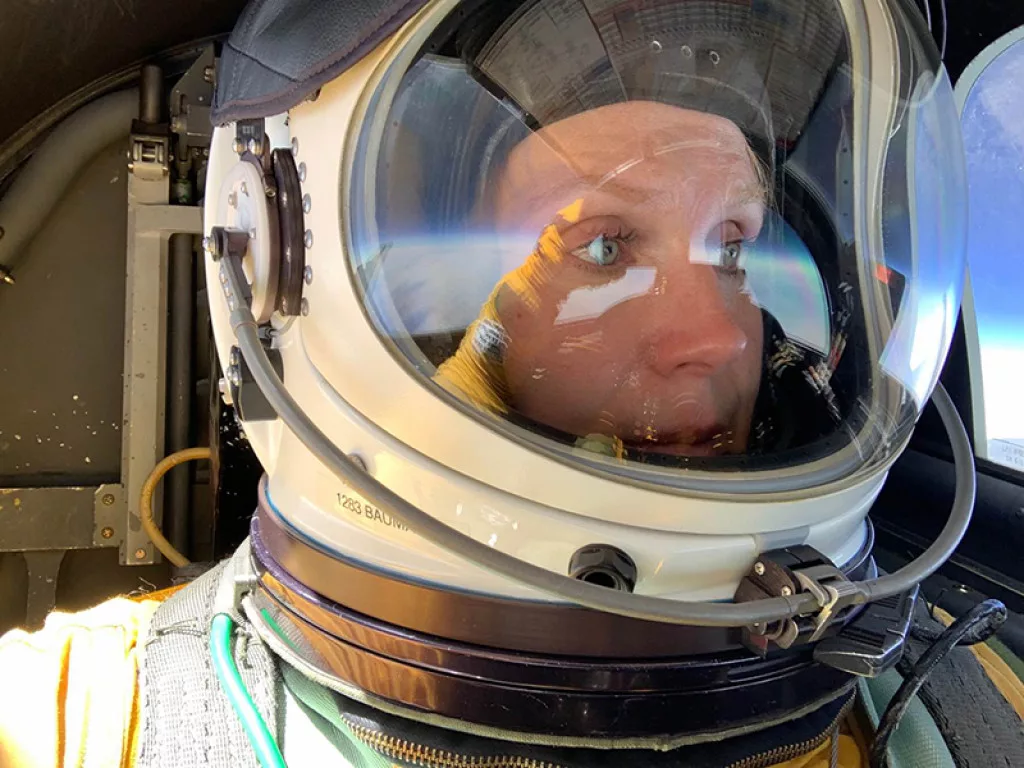
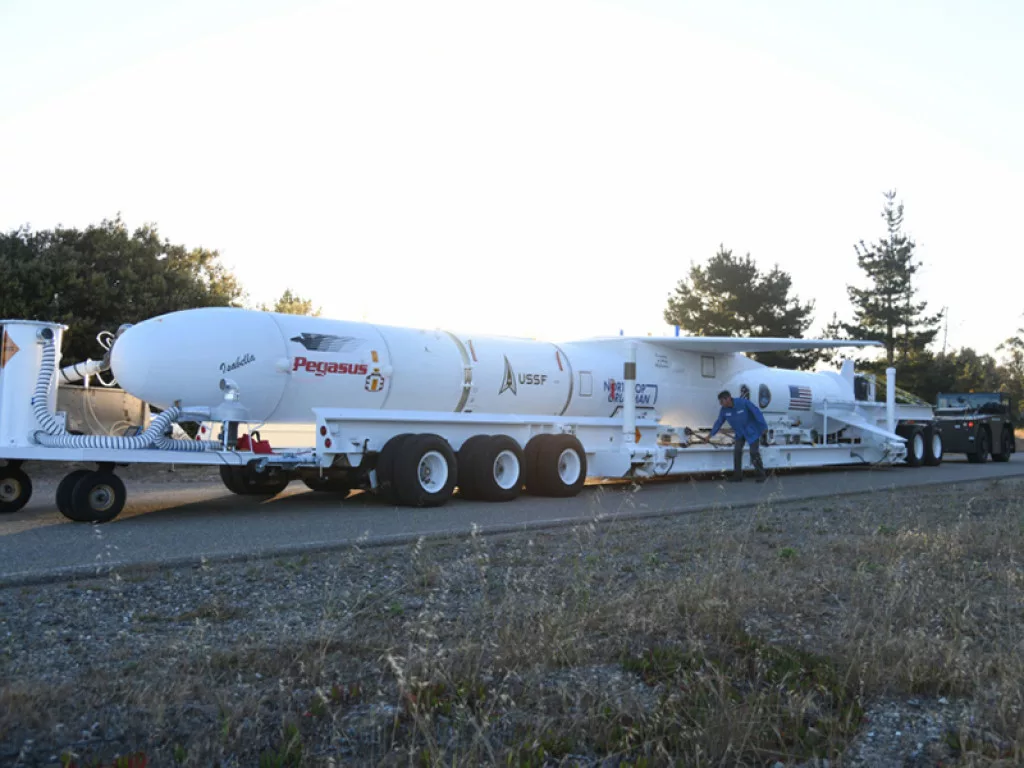
OPERATION FLAMETHROWER
As the name suggests, Operation Flamethrower is a new aggressive project that the U.S. Department of the Air Force is currently undertaking, aimed at combatting inefficiencies within the department, as Knausenberger explains.
“We want to ruthlessly attack manual processes, outdated policy, and redundant IT,” she affirms. “There are a lot of ways we can use IT to automate manual processes across our business and mission environments, and even across our IT enterprise. If there is somebody physically slogging away at manual processes, we are wasting their time; we need to divert them to real missions that require their full brain power.
“If we have extra IT equipment, or if we are doing the same thing 10 different times, we’re not working together as an enterprise. We may be wasting money and we will probably have a worse user experience overall. In light of this, I have asked our cyber professionals and Airmen and Guardians, ‘where do you wish you could just pull out a flamethrower and burn any problems that were in your way?’ And so, this operation is effectively looking for those things to burn, and determining what should emerge from those ashes.”
For Knausenberger and the department, aspects of daily operation such as manual processes in network routing (which the U.S. Air Force is currently in the process of automating) and getting rid of alternative VPNs in favor of one solution, are ways of helping alleviate inefficiency.
“We had a lot of legacy exchange servers, and as we are currently using Microsoft’s O365, we don’t need all of those legacy servers in the mix,” Knausenberger continues. “There is a lot of IT service management redundancy where we have, for example, 20 different versions of the same software and none of them will be connected, so we are getting rid of this and replacing it with an enterprise solution. Similarly, we are currently utilizing multiple security solutions that literally suck the speed out of our laptops. We are in the process of streamlining in all of these areas to dramatically improve our user experience, enhance our security, and divert those resources to other digital transformation projects that will continue to generate trade space.”
“We have been moving forward with a lot of improvements, but really the core focus of Operation Flamethrower is about creating trade space, ‘trimming fat’ where we can – such as clamping down on the duplication of effort or places where we are simply not working smartly – and using this to invest in smart modernization. We are trying to make targeted investments in these areas.”
“We continually develop and enhance our security for the betterment and safety of our servicemen and the wider community”
Lauren Knausenberger, CIO, United States Department of the Air Force
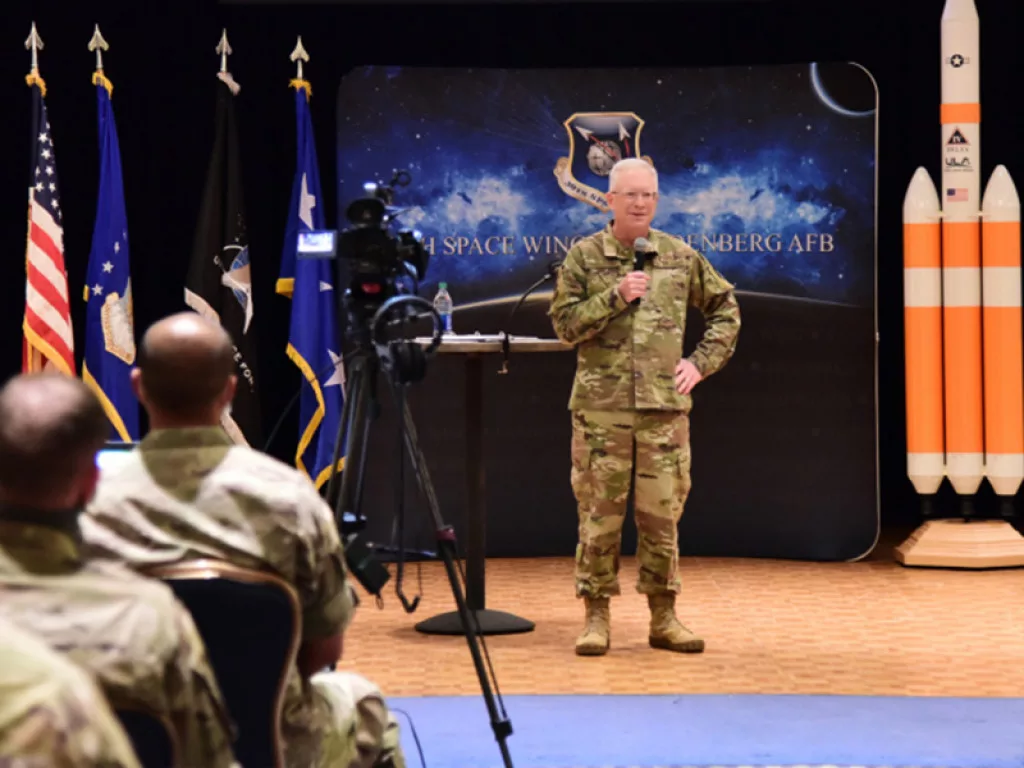
TECHNOLOGICAL DEVELOPMENT
The U.S. Air Force is collaborating with multiple start-up organizations that are driven to provide the best in the technology field. Agility Prime is one such initiative specializing in flight technology.
“We are leveraging AFWERX’s Agility Prime program to develop the technology and systems for flying cars,” Knausenberger tells us. “This kind of technology can revolutionize the future of helicopters, and therefore change and improve the future of personnel recovery.
“At present helicopters are limited in their ability to land anywhere, especially in disaster zones where people often need help. The U.S. Air Force doesn’t just conduct military operations; we provide humanitarian assistance and disaster recoveries within the US and all over the world. We are often called to other countries to provide logistical aid and personnel rescue. Being able to utilize more effective technology in this area is going to make a hugely positive impact.”
Hypergiant works in the field of space and AI systems. Another close partner to the department, Hypergiant utilizes LIDAR detection systems that work on the principle of radar but instead using light from lasers, which can be used to find and rescue victims from earthquake disasters.
“There are so many smart companies that provide solutions to problems,” Knausenberger elaborates. “On the side of IT, we are solving a lot of large enterprise issues through partnering with large technology companies such as Accenture, VMWare, Microsoft, Amazon and Google.
“These companies, and our strong bench of partners, have implemented solutions for large corporations across the world, they care about our mission, and they bring fresh perspective. When it comes to really efficient operations, we need these proven partners to help us succeed.”
In the realm of AI, the department has partnered with Massachusetts Institute of Technology (MIT). With service members working with the university, and alongside commercial companies, the development of AI-driven speech-to-text technology becomes an all important addition for the department’s communications, especially when working with multiple different countries and languages.
“Right now, we are laser focused on driving a rock solid digital foundation for the entire department”
Lauren Knausenberger, CIO, United States Department of the Air Force
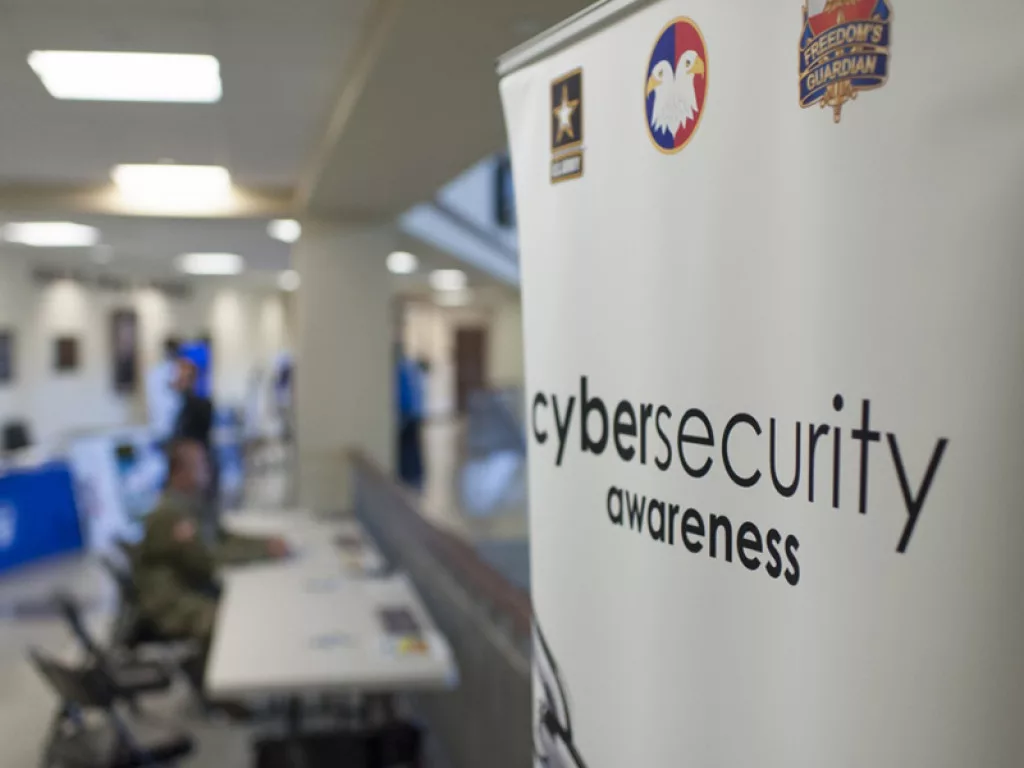
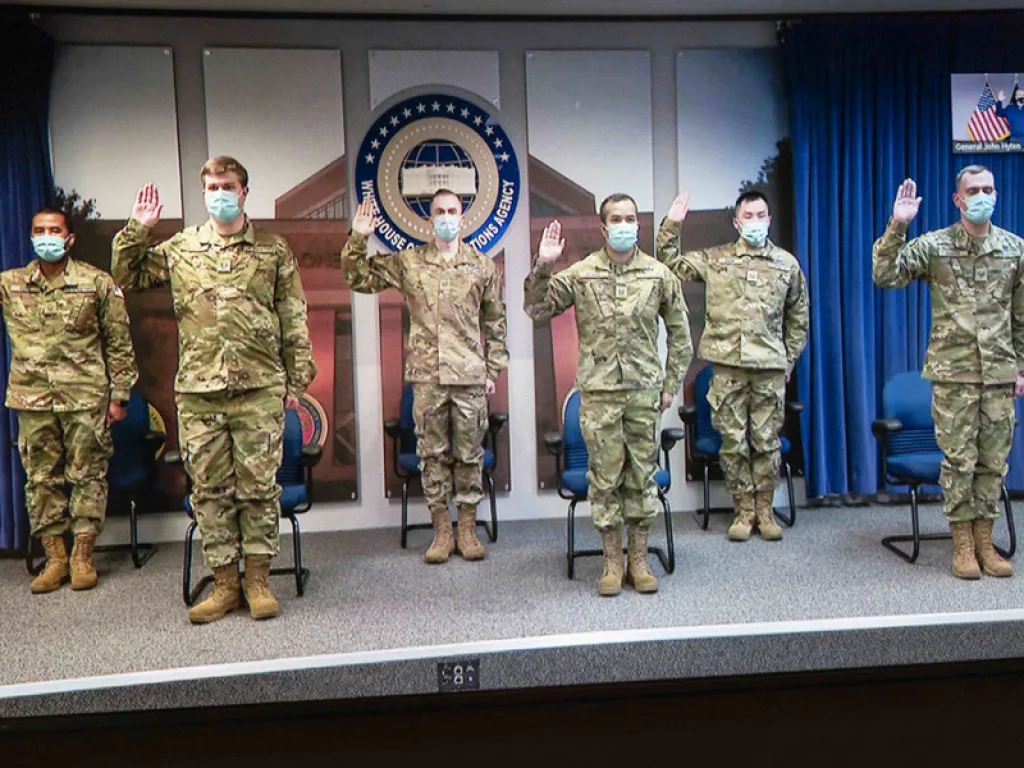
PROTECTING CYBER SPACE
While the latest technology and IT solutions remain as a core and necessary part of the department of the Air Force’s U.S. Department and evolution, there is also an increasingly vital frontier that is having to be addressed. The growing digital age has given rise to a substantial calibre of cyber threats; a space in the digital realm that the department is ensuring it can combat and prevent.
In order to do so, the department is working alongside multiple organizations to make use of the latest in digital security and ceaselessly develop its own protection capabilities, as Knausenberger elaborates.
“HackerOne and Synack continue to both be incredible partners for our ‘Hack the Air Force’ events, and bring together a large team of cyber researchers to test our digital defenses,” she says. “Dark Wolf has been a long-time partner who helped us to leverage hackers for the purpose of system accreditation.
“We also have an ongoing vulnerability disclosure program to ensure that we continually develop and enhance our security for the betterment and safety of our servicemen and the wider community. Through this program we pay a bounty to cyber citizens who bring critical vulnerabilities to the attention of the department.”
A fourth cyber-security partner for the department is Rebellion Defense. The company provides automated penetration testing to consistently measure the strength of the department’s cyber security and any potential vulnerabilities in the area.
“There is a six-trillion dollar a year cybercrime market and only a few hundred-billion-dollar cyber security market. We are undertaking some very exciting developments and are hoping to bring more people over to the legal and ethical hacking side,” Knausenberger says.
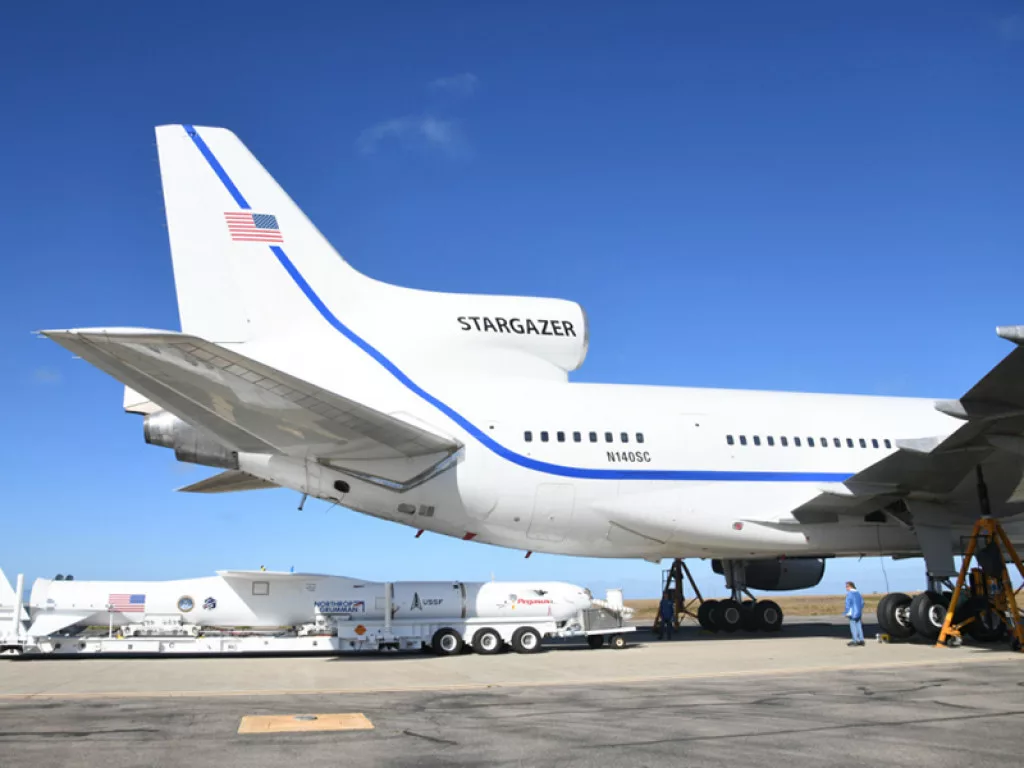
THE AIR AND SPACE FORCE OF THE FUTURE
The U.S. Department of the Air Force is home to many dedicated people who strive to be a part of something greater than themselves; a notion that resonates throughout military culture globally. This heroism and the opportunity to save lives drives what many consider a superhero culture within the military, and the evolution of this notion is as important as the many technological developments driving change.
“Over the next couple of years, I expect the department to move more towards a single enterprise,” Knausenberger informs us. “That is, fewer stove-piped efforts, and more a combined and collective effort to face and address the threats that emerge. Creating the space to innovate and collaborate in an enterprise environment is key.”
According to Knausenberger, the efficient and collaborative operation between individuals and teams across the department will lead to a future in which they can face the many challenges of the field together. The all-important and aforementioned development of a strong digital foundation is a vital part of this evolution.

